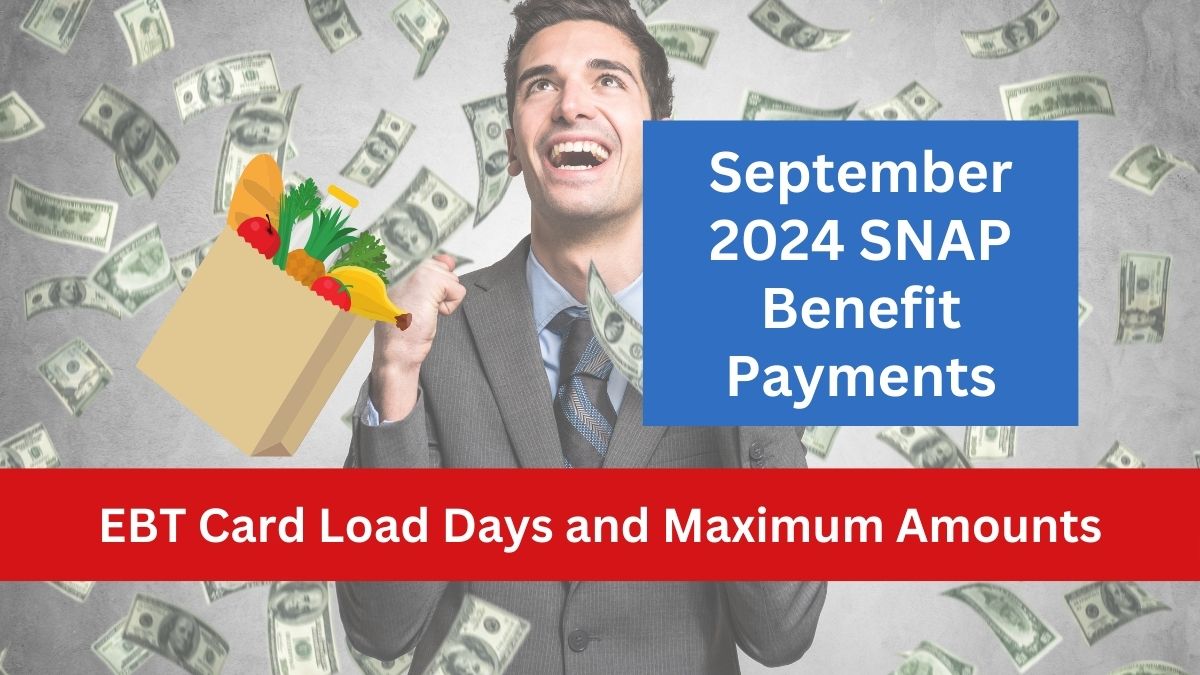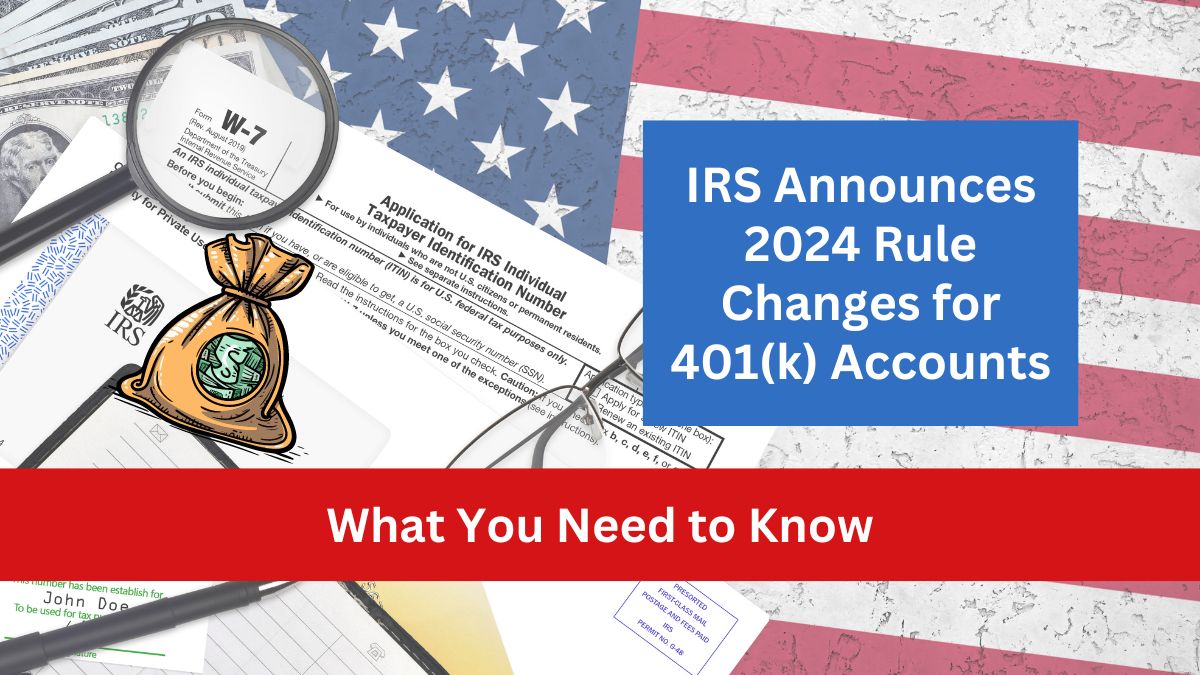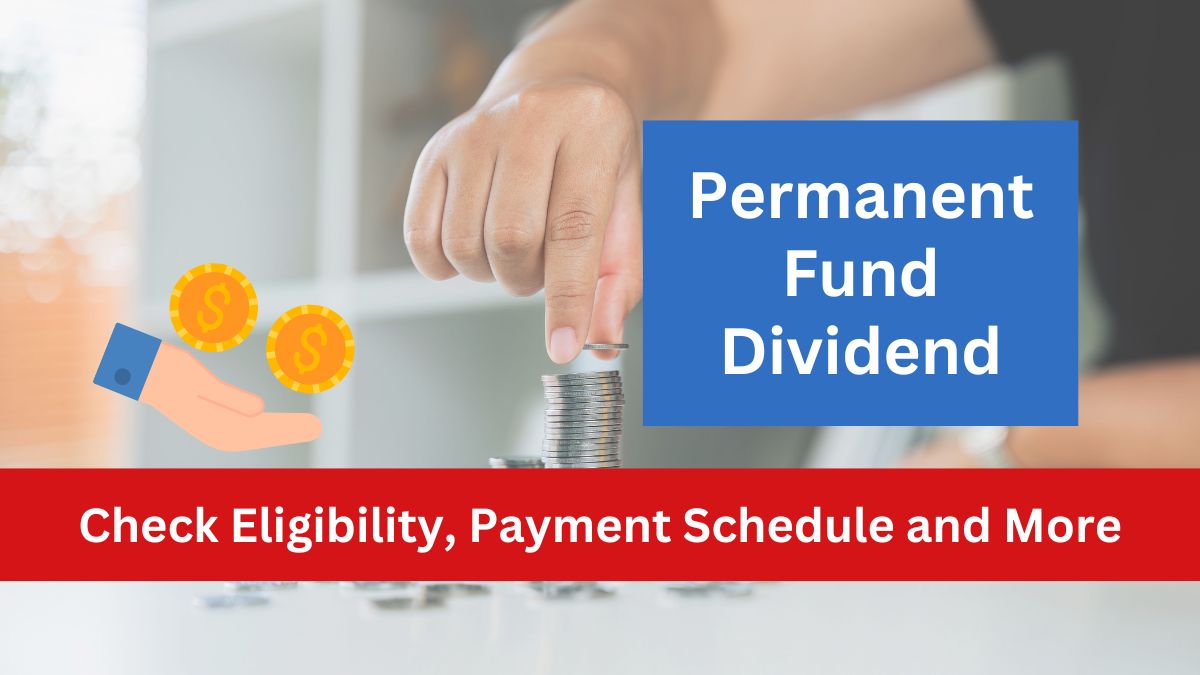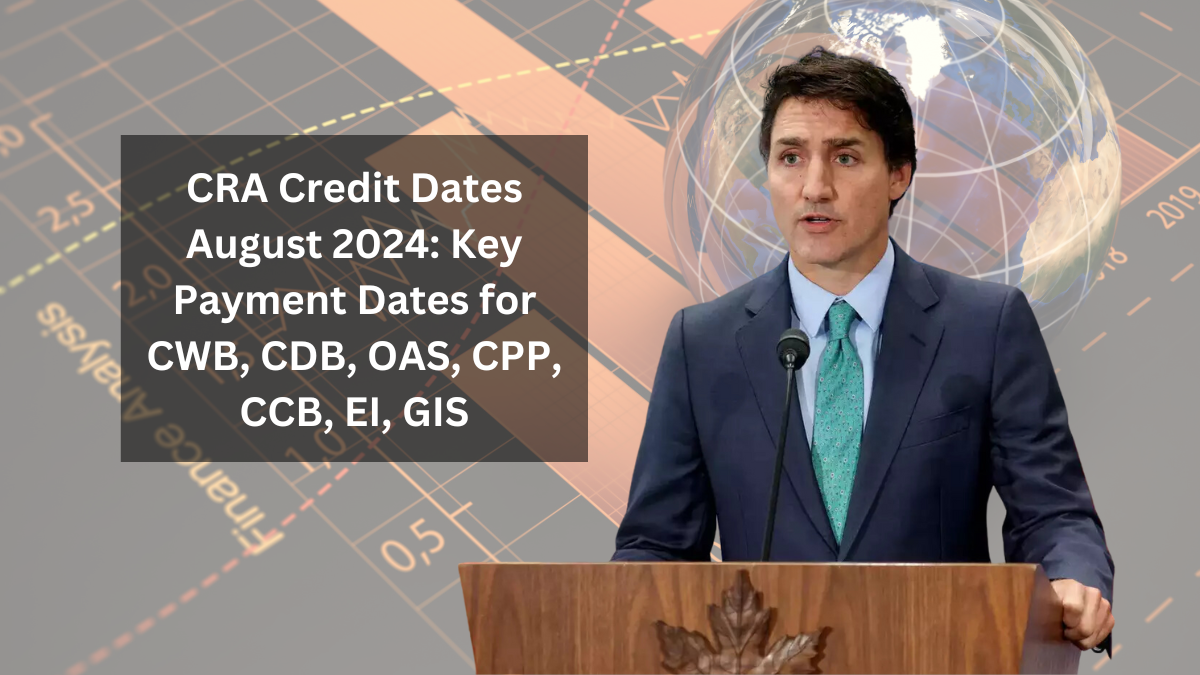Learn about the combined benefits of CPP and OAS in Canada, including how much you can expect to receive, and the factors that determine your total monthly payments. This article provides an in-depth look at CPP + OAS benefits, eligibility criteria, and tips on maximizing your retirement income.
Understanding CPP and OAS: How Much Can You Receive?
The Canada Pension Plan (CPP) and Old Age Security (OAS) are crucial financial supports for Canadians during their retirement years. Many retirees rely on these payments as a primary source of income.
When planning for retirement, it’s essential to understand how much you can receive from CPP and OAS combined, as this will impact your overall financial planning.

However, not everyone will receive the maximum benefits from CPP and OAS. The total amount you receive depends on several factors, including your contributions, earnings history, and the age at which you begin collecting your pension.
How Much Will You Get from CPP and OAS Combined?
If you meet all the eligibility criteria and start receiving CPP at age 70, you can potentially receive a higher monthly pension. The maximum CPP amount changes annually, depending on factors such as the cost of living.
As of now, the maximum CPP payment is $1,306.57 per month, with new beneficiaries receiving an average of $772.71 per month. Your total contributions and the age at which you begin collecting CPP significantly affect the amount you receive. Additionally, individuals may qualify for CPP post-retirement benefits, which could add up to $40.25 per month in 2023.
For those receiving a combined survivor’s and retirement pension (CPP), the maximum monthly payment is $1,313.13, while a combined disability and survivor’s pension can reach up to $1,542.77 per month.
OAS is another significant source of retirement income in Canada. Individuals aged 65 to 74 can receive a maximum OAS payment of $707.68 per month. For those aged 75 and older, the maximum amount increases to $778.45 per month. Additionally, eligible individuals may receive the Guaranteed Income Supplement (GIS) alongside OAS, further enhancing their retirement income.
Full Benefits Explained
To maximize your CPP and OAS benefits, it’s essential to meet specific criteria. Each pension plan has its own rules for determining maximum benefits, and individual circumstances play a significant role in the amount you receive.
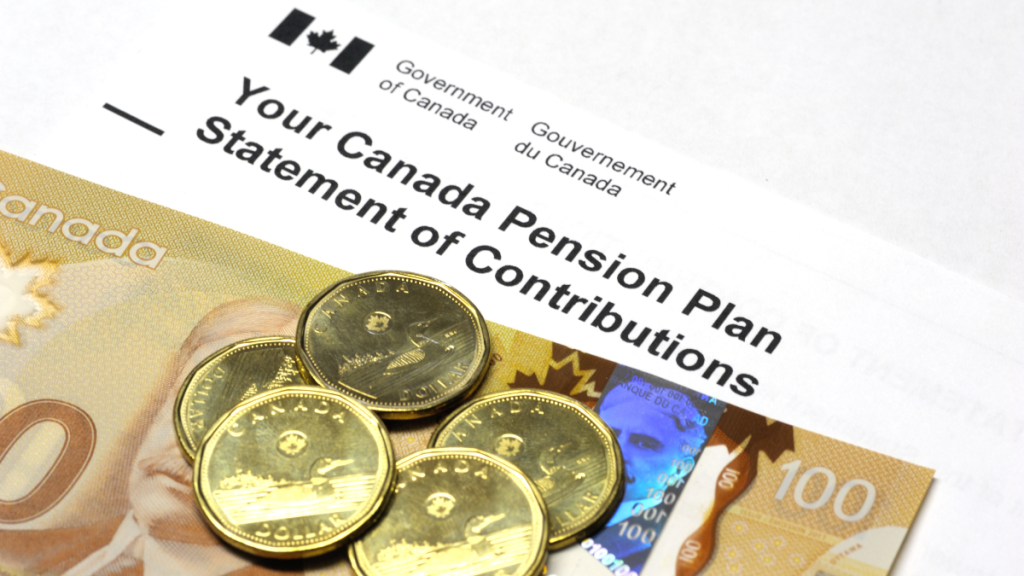
Using the My Service Canada Account, you can check your potential CPP benefits. Understanding the factors that affect your CPP and OAS payments is crucial:
- Post-Retirement Benefits: If you continue working while receiving your pension, you may qualify for CPP post-retirement benefits, increasing your overall pension amount.
- Contribution Adjustments: Contributions made after age 65 can replace periods of low or no contributions, potentially boosting your pension.
- Pension Sharing: Sharing your pension with a spouse can reduce taxable income and lower taxes.
- Timing Your OAS: While you can start receiving OAS at age 65, delaying it can result in higher payments. However, there’s no advantage in delaying beyond age 70, so it’s advisable to apply a few months before reaching 70.
- Income Thresholds: If your income exceeds a certain threshold, you may have to repay a portion of your OAS. For instance, if your income surpasses $81,761 in 2022, you’ll need to repay the excess amount.
- Delaying Pension: Delaying OAS also delays other benefits like the GIS. Your spouse may also miss out on GIS allowance if you delay starting your OAS pension.
Conclusion
CPP and OAS together form a vital part of the retirement income for Canadians. By understanding the factors that determine your combined benefits, you can better plan for your financial future. Meeting the eligibility criteria and strategically timing your pension can help you maximize the income you receive during retirement.



